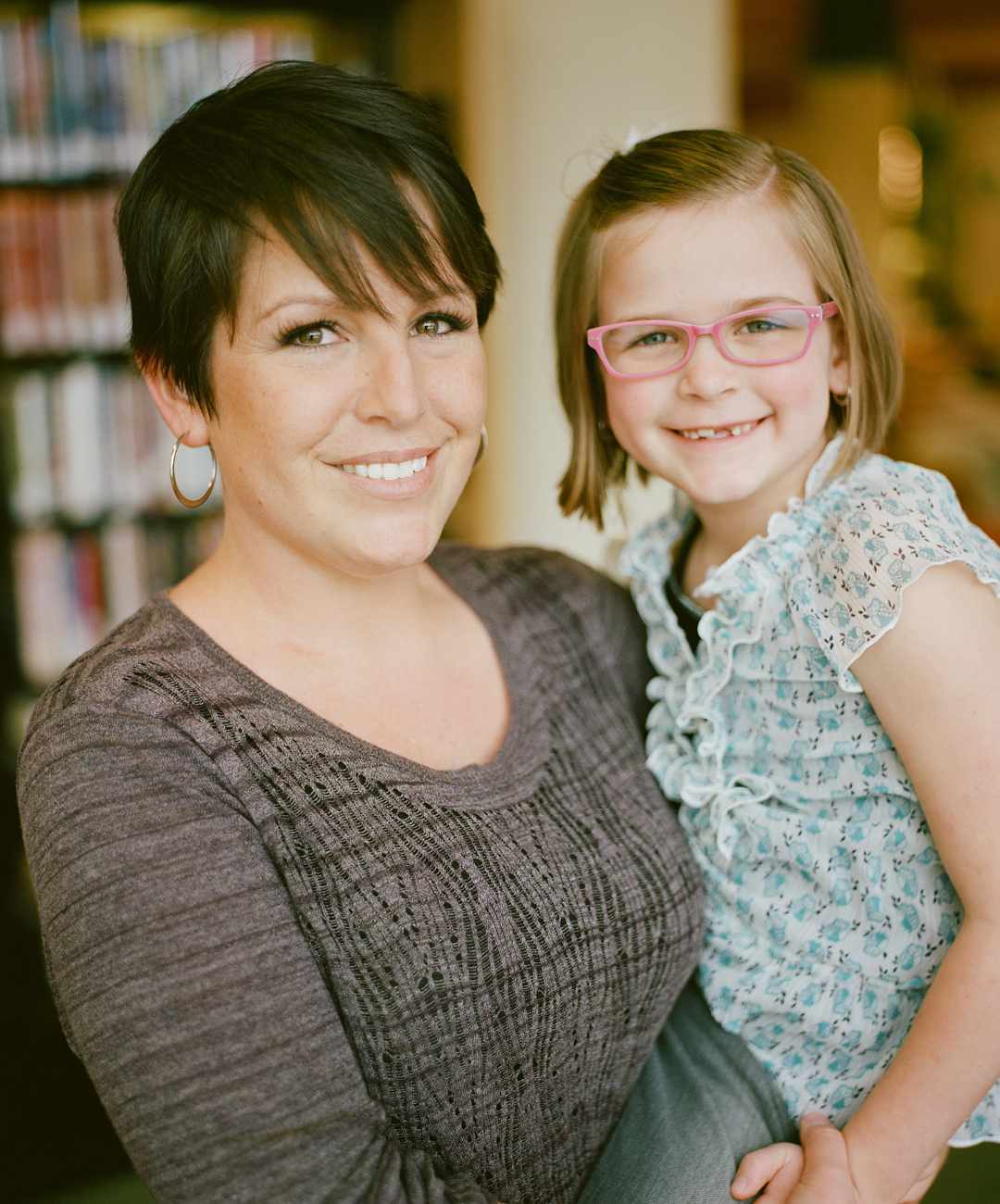Ongoing back pain is a common problem affecting millions of people in the United States. While many turn to medication, physical therapy, or lifestyle changes, one solution that is often overlooked is orthopedic footwear. The connection between the feet and the spine is stronger than most people realize. The way we stand, walk, and carry our weight can influence spinal alignment and overall musculoskeletal health. By investing in the right shoes, it is possible to support posture, reduce strain, and even alleviate chronic back pain.
Foot biomechanics and back pain are closely linked. When the feet are misaligned, it can lead to uneven weight distribution that forces the spine out of its natural alignment. Over time, this can contribute to discomfort and chronic pain. Posture improvement shoes and gait correction footwear are designed to address these issues, supporting proper alignment from the ground up. This approach not only targets the symptoms but also helps prevent further strain.
How Footwear Impacts Spinal Alignment
The role of footwear in spinal alignment is often underestimated. Shoes that provide proper support can influence the way a person stands and walks, which directly impacts the spine. Footwear with arch support shoes and ergonomic features can reduce the pressure on the lower back, helping to maintain proper posture throughout the day. This is particularly important for people who spend long hours on their feet or have sedentary jobs that strain the back.
Heel pain and back strain connection is another critical factor. Improper heel support can cause compensatory movements that ripple through the legs and spine, increasing the risk of chronic discomfort. By choosing orthopedic insoles and supportive shoes, the natural mechanics of walking are restored, reducing strain on the lower back and enhancing overall musculoskeletal health. This approach highlights how simple footwear adjustments can significantly impact long-term back wellness.
Benefits of Posture Improvement Shoes
Posture improvement shoes are designed to encourage the wearer to stand and move correctly. These shoes provide extra support in areas such as the arch, heel, and midfoot, ensuring that weight is distributed evenly. This helps prevent slouching, leaning, or other movements that contribute to back pain. Over time, consistent use of posture improvement shoes can retrain the body to maintain a healthier stance, which reduces stress on the spine.
In addition to alignment, these shoes often incorporate features that promote comfort and stability. Shock-absorbing soles, cushioned insoles, and ergonomic designs all work together to lessen the impact of walking or running. This reduces the risk of injuries that may aggravate back pain, making posture improvement shoes a practical solution for chronic pain management through footwear.
Understanding Gait Correction Footwear
Gait correction footwear focuses on correcting abnormal walking patterns that can lead to back problems. When the feet do not move naturally, it can cause uneven stress on the knees, hips, and lower back. Over time, this contributes to postural imbalances and chronic discomfort. Gait correction shoes are designed to guide the foot into a natural walking motion, helping to distribute weight evenly and reduce unnecessary strain.
Foot biomechanics and back pain are particularly relevant when considering gait. Many people are unaware that even small misalignments in walking patterns can accumulate into serious back problems over the years. By choosing footwear that targets these issues, it is possible to correct underlying causes of discomfort rather than just treating symptoms. Gait correction footwear is therefore a valuable tool for anyone looking to improve spinal health.
Arch Support Shoes and Heel Pain Prevention
Arch support shoes play a key role in maintaining musculoskeletal health. A properly supported arch ensures that the foot absorbs shock efficiently and reduces stress on the spine. Without this support, the lower back often compensates for poor foot mechanics, leading to tension and pain. Investing in high-quality arch support shoes can provide both comfort and long-term benefits for back health.
Heel pain and back strain connection cannot be ignored. Heel spurs, plantar fasciitis, and other common foot conditions can all impact posture and alignment. Orthopedic insoles can provide the necessary cushioning and support to alleviate discomfort, allowing the body to maintain a natural stance. Over time, this reduces pressure on the spine and helps manage chronic pain through footwear, making it a proactive approach to back wellness.
Long-Term Benefits of Ergonomic Footwear Solutions
Ergonomic footwear solutions are more than just comfortable shoes; they are a long-term investment in overall musculoskeletal health. By supporting proper posture and promoting natural foot movements, these shoes reduce the risk of chronic pain and injury. People who consistently wear ergonomic footwear often notice improvements not only in back pain but also in energy levels, balance, and mobility.
Chronic pain management through footwear is increasingly recognized by healthcare professionals. With the right combination of arch support shoes, gait correction footwear, and posture improvement shoes, individuals can address the root causes of back pain. This approach allows for a more natural, non-invasive way to improve spinal alignment support and overall musculoskeletal health.
Conclusion
Back pain can significantly impact daily life, but the solution may start from the ground up. Orthopedic footwear offers a practical and effective way to improve posture, support spinal alignment, and manage chronic discomfort. By considering factors such as foot biomechanics, gait correction, arch support, and ergonomic design, people can reduce strain on the lower back and promote long-term musculoskeletal health. For those in the United States seeking relief from ongoing back pain, Redi-Thotics offers high-quality solutions that integrate these benefits. Choosing the right shoes can be a crucial step in addressing back pain and improving overall well-being.












Write a comment ...